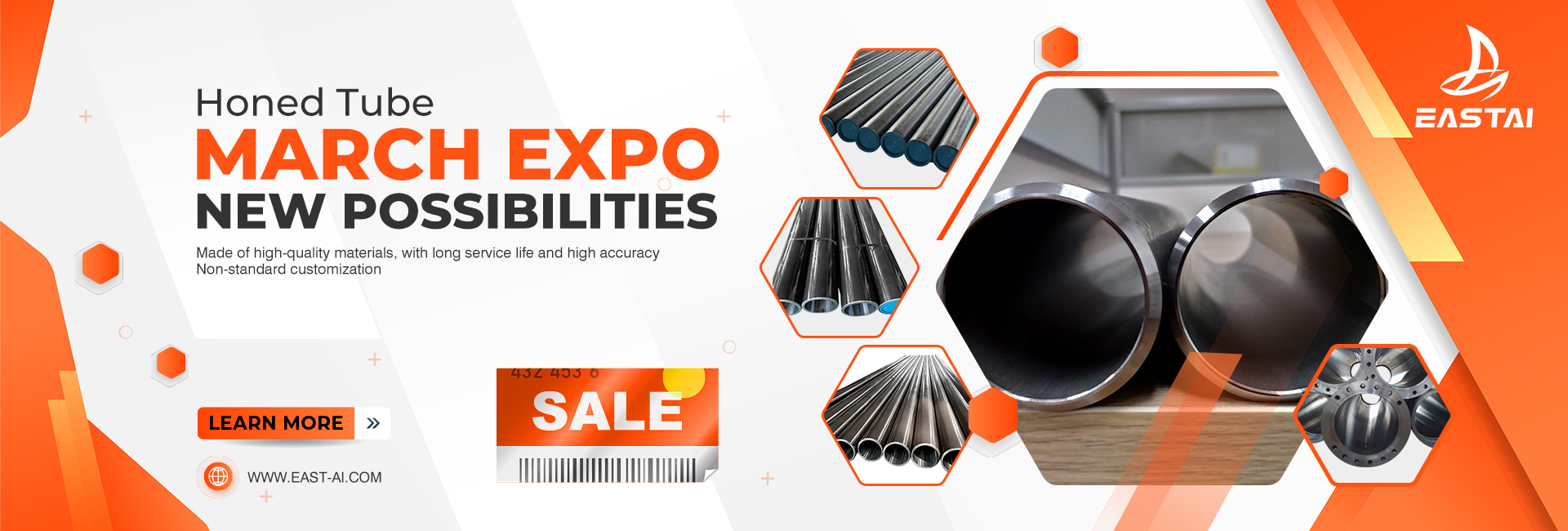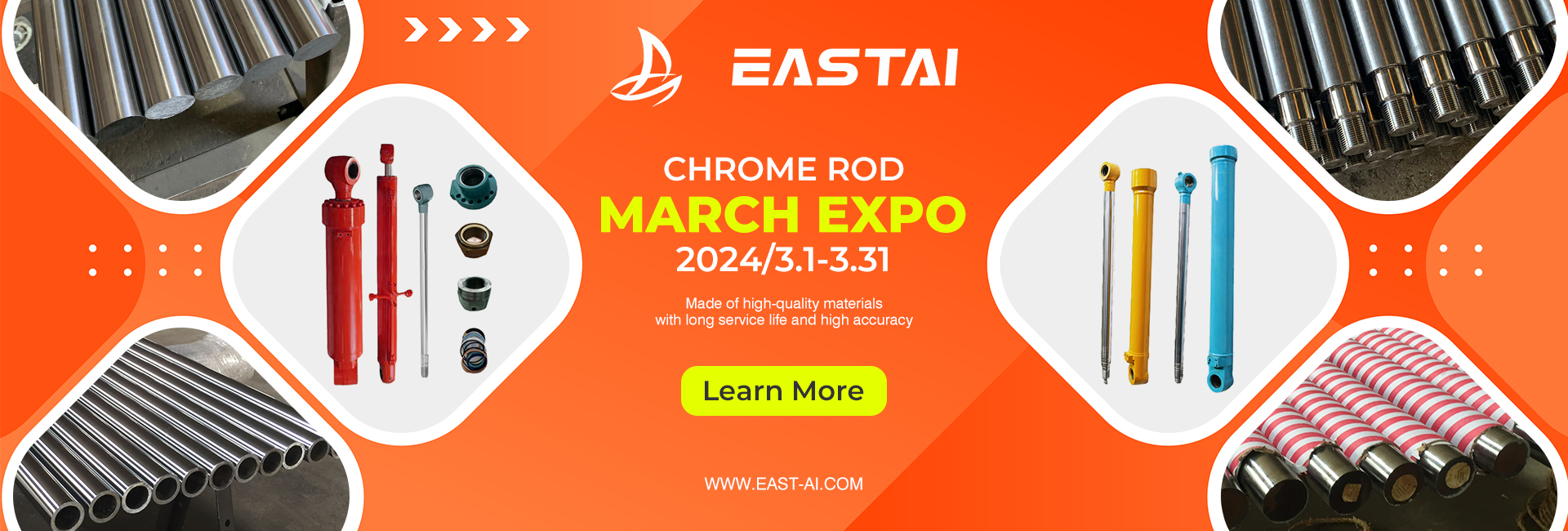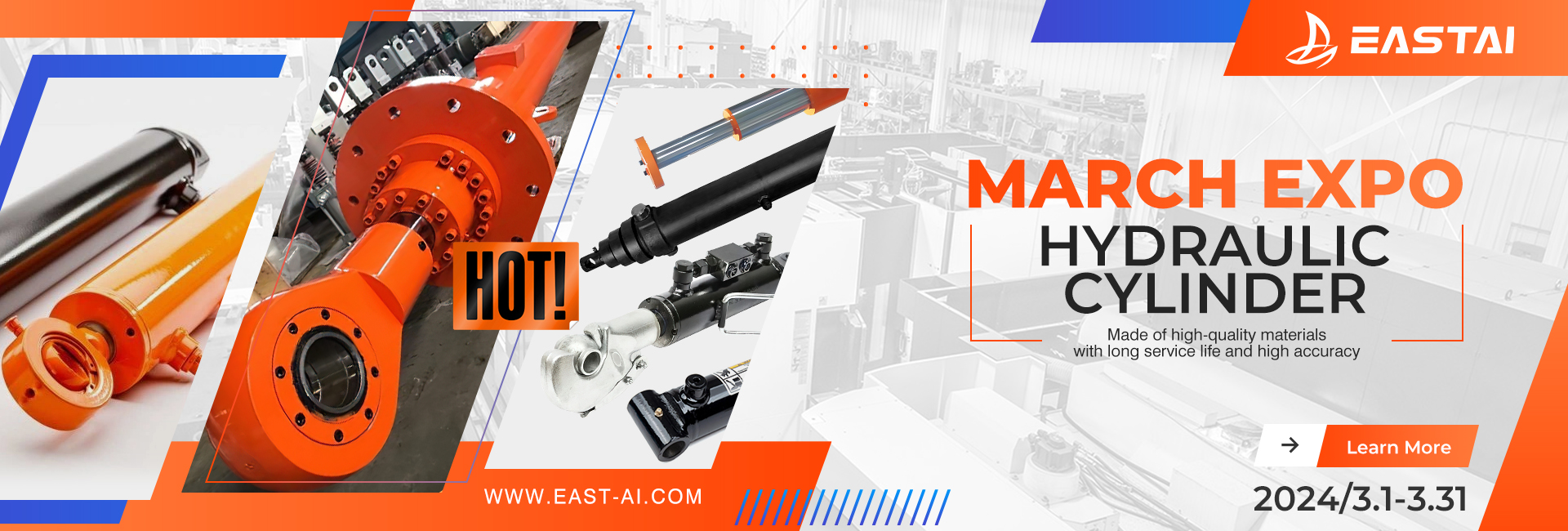How does a double acting hydraulic cylinder work?
Hydraulic cylinders are essential components of hydraulic systems. They convert the energy stored in pressurized hydraulic fluid into mechanical force that can be used to move machinery or perform other tasks. A double-acting hydraulic cylinder is a specific type of hydraulic cylinder that operates in two directions, allowing for both pushing and pulling movements. In this essay, we will discuss the working principle, construction, and applications of double-acting hydraulic cylinders.
Working principle:
A double-acting hydraulic cylinder consists of a cylindrical barrel, a piston, and two ports for hydraulic fluid. The piston is located inside the cylinder barrel and divides it into two chambers. When hydraulic fluid is pumped into one chamber, it pushes the piston towards the other chamber, causing it to move in one direction. When hydraulic fluid is pumped into the other chamber, it pushes the piston back towards the first chamber, causing it to move in the opposite direction.
The movement of the piston is controlled by a hydraulic valve, which directs the flow of hydraulic fluid to the appropriate chamber. The valve is typically operated by a hydraulic pump or by an electric motor that controls the pump.
Construction:
Double-acting hydraulic cylinders are typically made of steel, although other materials such as aluminum, bronze, or plastic can be used depending on the application. The cylinder barrel is usually made of seamless steel tubing and is designed to withstand high pressure and heavy loads. The piston is also made of steel and is designed to fit snugly inside the cylinder barrel.
The piston usually has a sealing system consisting of one or more piston seals and one or more rod seals. The piston seals prevent hydraulic fluid from leaking from one chamber to the other, while the rod seals prevent hydraulic fluid from leaking around the piston rod.
The piston rod is attached to the piston and extends through a seal at the end of the cylinder barrel. The end of the piston rod is usually threaded or shaped to allow the attachment of a load or other mechanism.
Applications:
Double-acting hydraulic cylinders are used in a wide range of applications, including construction equipment, mining machinery, agricultural machinery, and industrial machinery. They are commonly used to lift and move heavy loads, such as in cranes and excavators, and to provide the force required for pressing or squeezing, such as in presses or crushers.
In the construction industry, double-acting hydraulic cylinders are used in equipment such as backhoes, bulldozers, and loaders. These cylinders provide the power necessary to lift and move heavy materials and equipment, such as dirt, rocks, and construction materials.
In the mining industry, double-acting hydraulic cylinders are used in equipment such as drills, excavators, and shovels. These cylinders provide the force necessary to dig and move large amounts of earth and rock.
In the agricultural industry, double-acting hydraulic cylinders are used in equipment such as tractors, plows, and harvesters. These cylinders provide the power necessary to perform tasks such as planting, tilling, and harvesting crops.
In the industrial sector, double-acting hydraulic cylinders are used in a wide range of machinery, such as presses, crushers, and machine tools. These cylinders provide the force necessary to shape, cut, or form materials, such as in metalworking or woodworking.
Advantages:
Double-acting hydraulic cylinders offer several advantages over other types of hydraulic cylinders. One advantage is that they can provide force in both directions, allowing for both pushing and pulling movements. This makes them ideal for applications that require movement in both directions, such as lifting and lowering loads.
Another advantage is that they can provide a constant force throughout the stroke of the cylinder. This means that the force applied to the load remains the same, regardless of the position of the piston. This makes them ideal for applications that require a constant force, such as pressing or squeezing.
Double-acting hydraulic cylinders are relatively easy to maintain and repair. They have a simple design and can be disassembled and reassembled easily, allowing for quick repairs and replacements of damaged parts. This reduces downtime and increases productivity, making them a popular choice in many industries.
Disadvantages:
Despite their many advantages, double-acting hydraulic cylinders also have some disadvantages. One disadvantage is that they require a hydraulic pump or other power source to operate. This can make them more expensive and complex than other types of cylinders, which can be operated manually or by gravity.
Another disadvantage is that they can be affected by contamination in the hydraulic fluid. If dirt, dust, or other debris enters the hydraulic fluid, it can cause the seals to wear out more quickly, which can lead to leaks and other problems. This can be mitigated by using clean hydraulic fluid and by regularly changing the fluid and filters.
Double-acting hydraulic cylinders are an essential component of many hydraulic systems. They offer several advantages over other types of cylinders, including the ability to provide force in both directions and a constant force throughout the stroke of the cylinder. They are widely used in construction, mining, agriculture, and industrial applications, where they provide the power necessary to lift and move heavy loads, dig and move large amounts of earth and rock, and shape, cut, or form materials. While they do have some disadvantages, such as the need for a hydraulic pump and susceptibility to contamination, they are still a popular choice due to their reliability, ease of maintenance, and versatility.
Post time: Feb-27-2023




